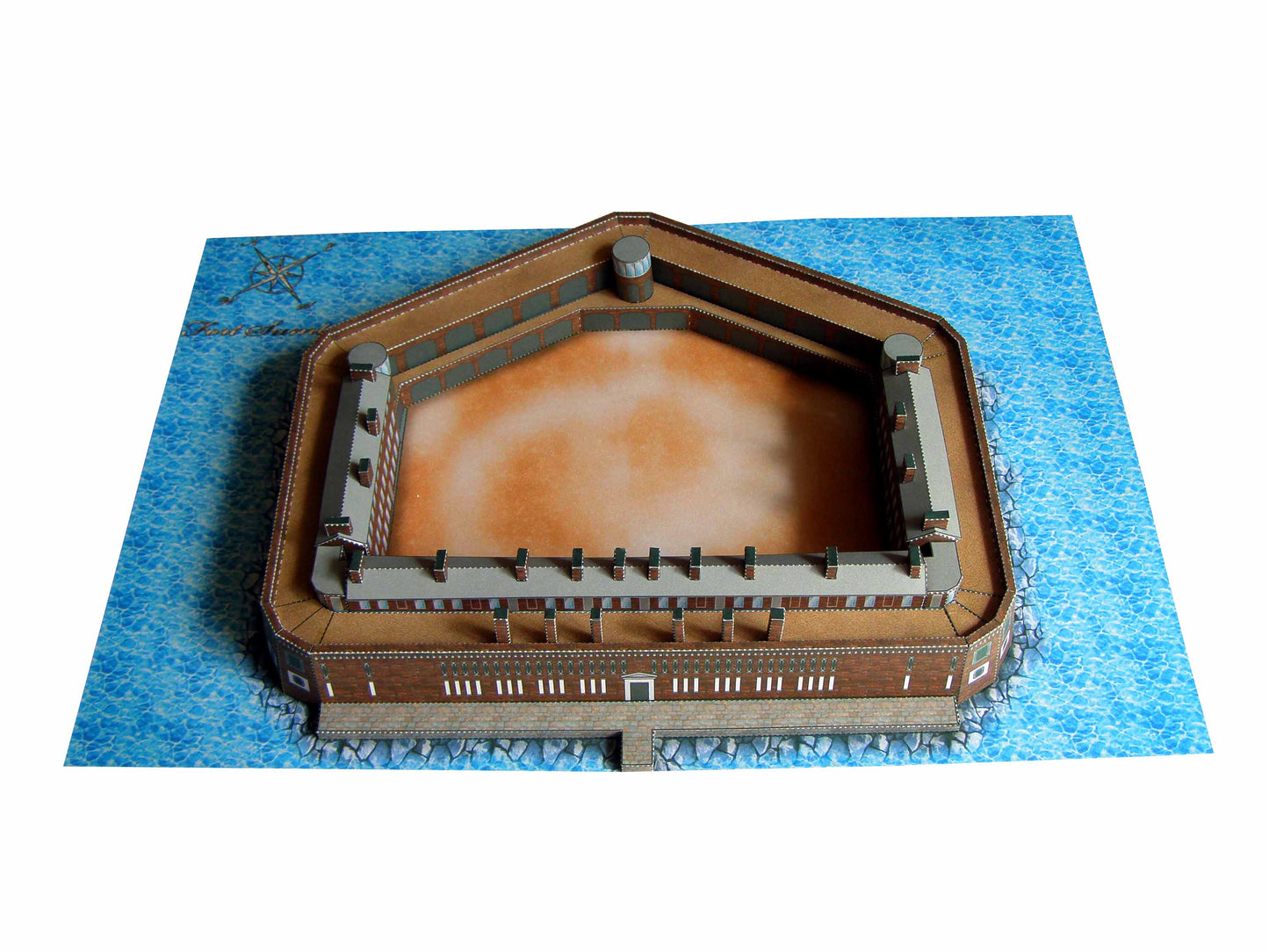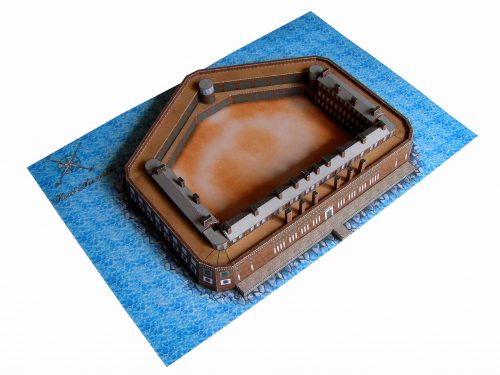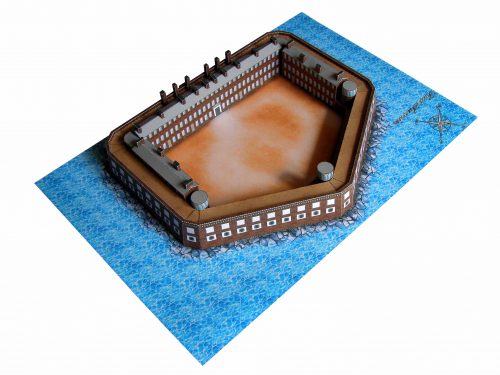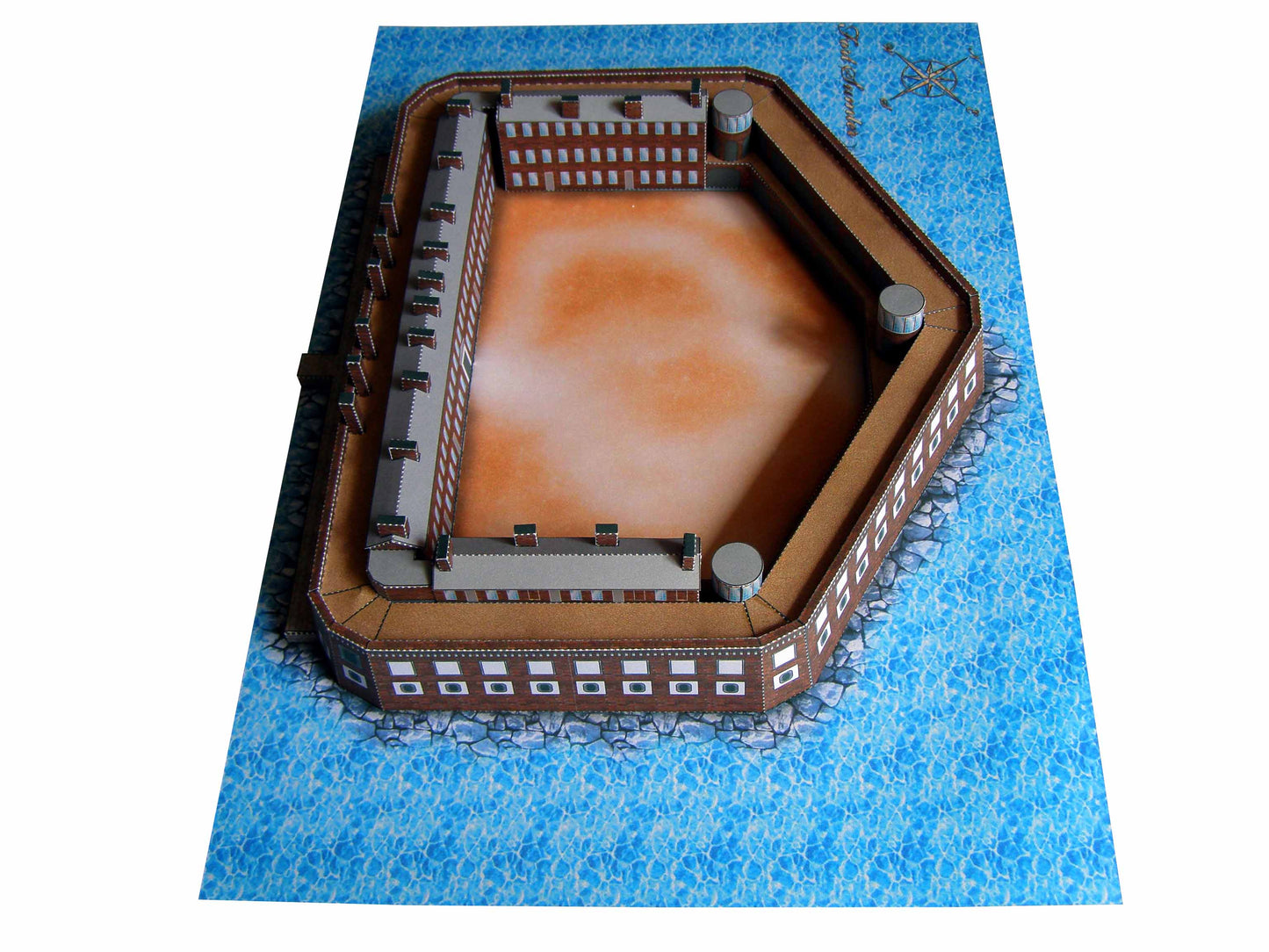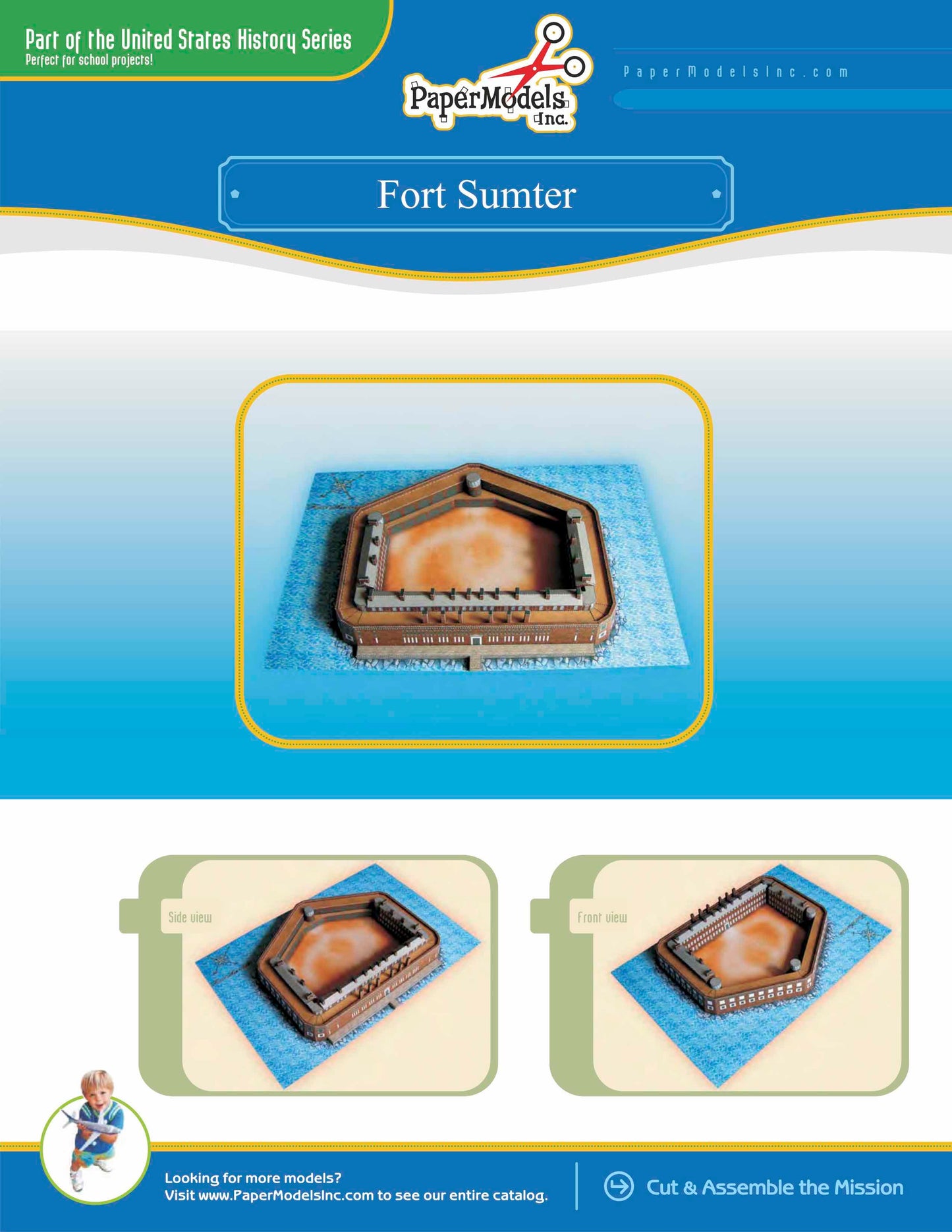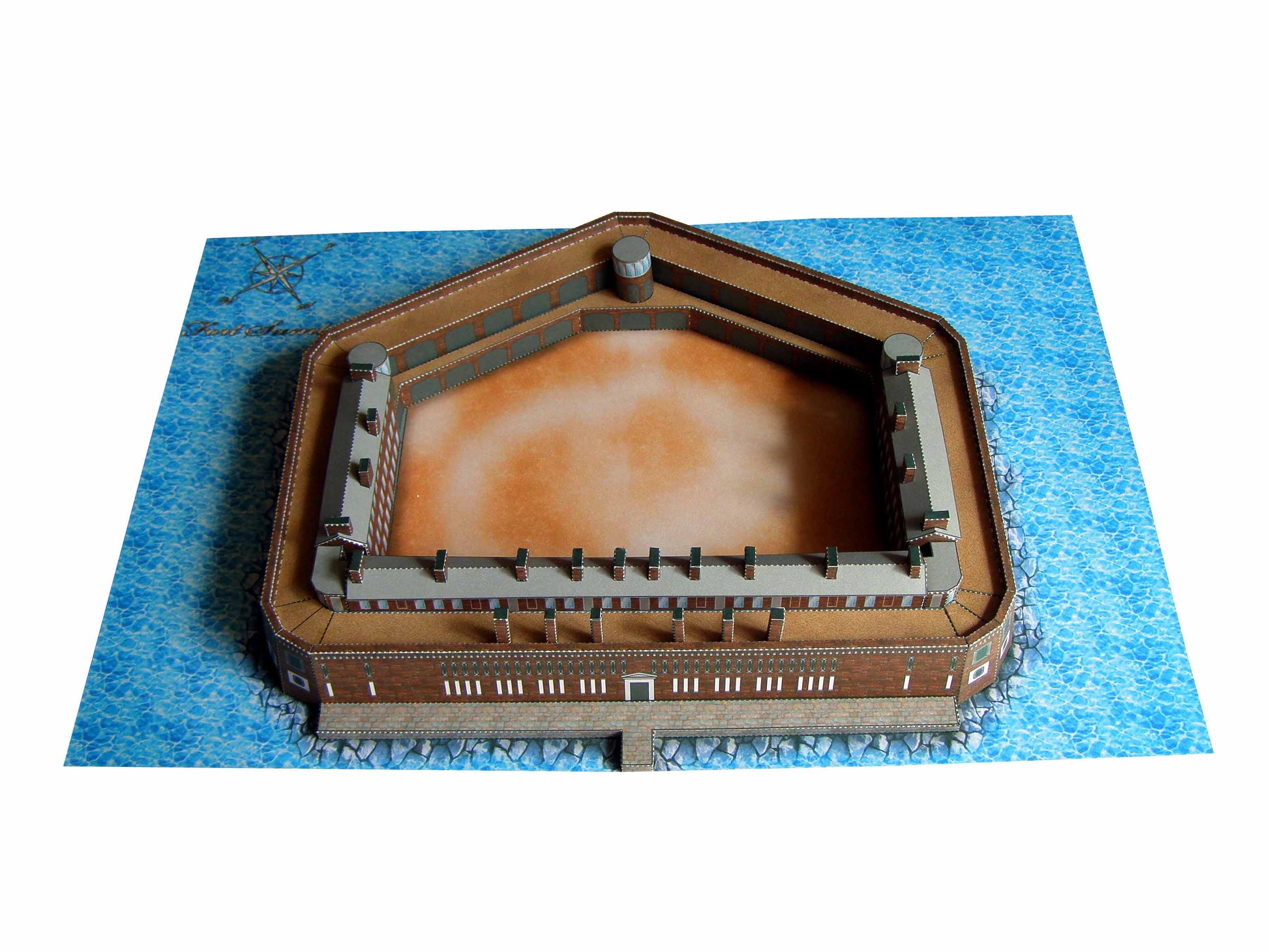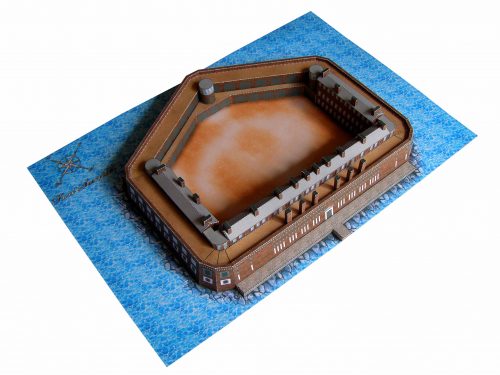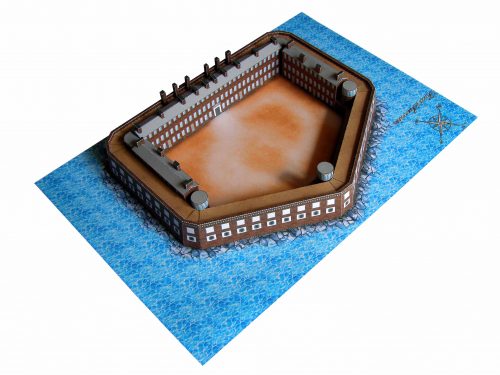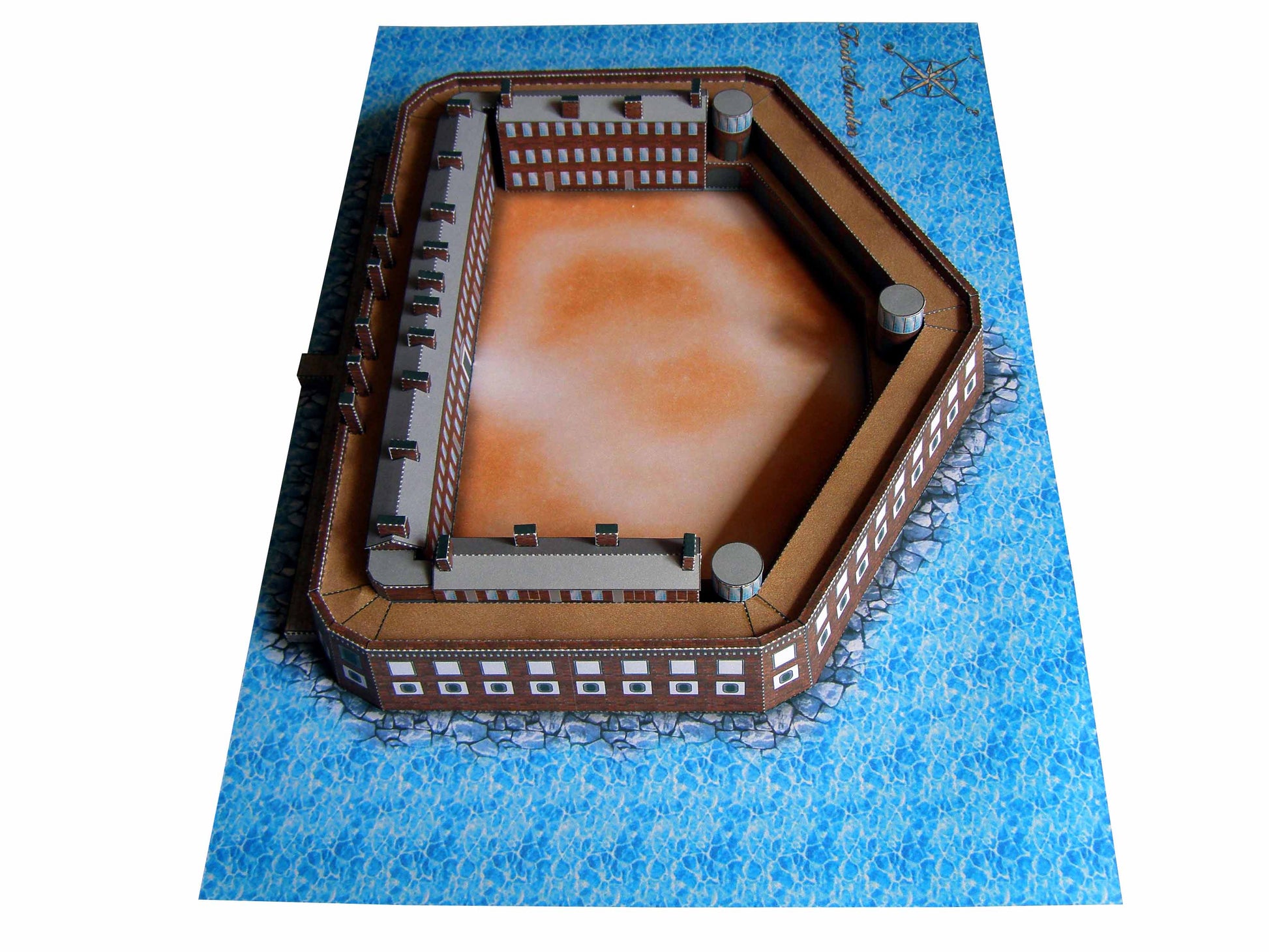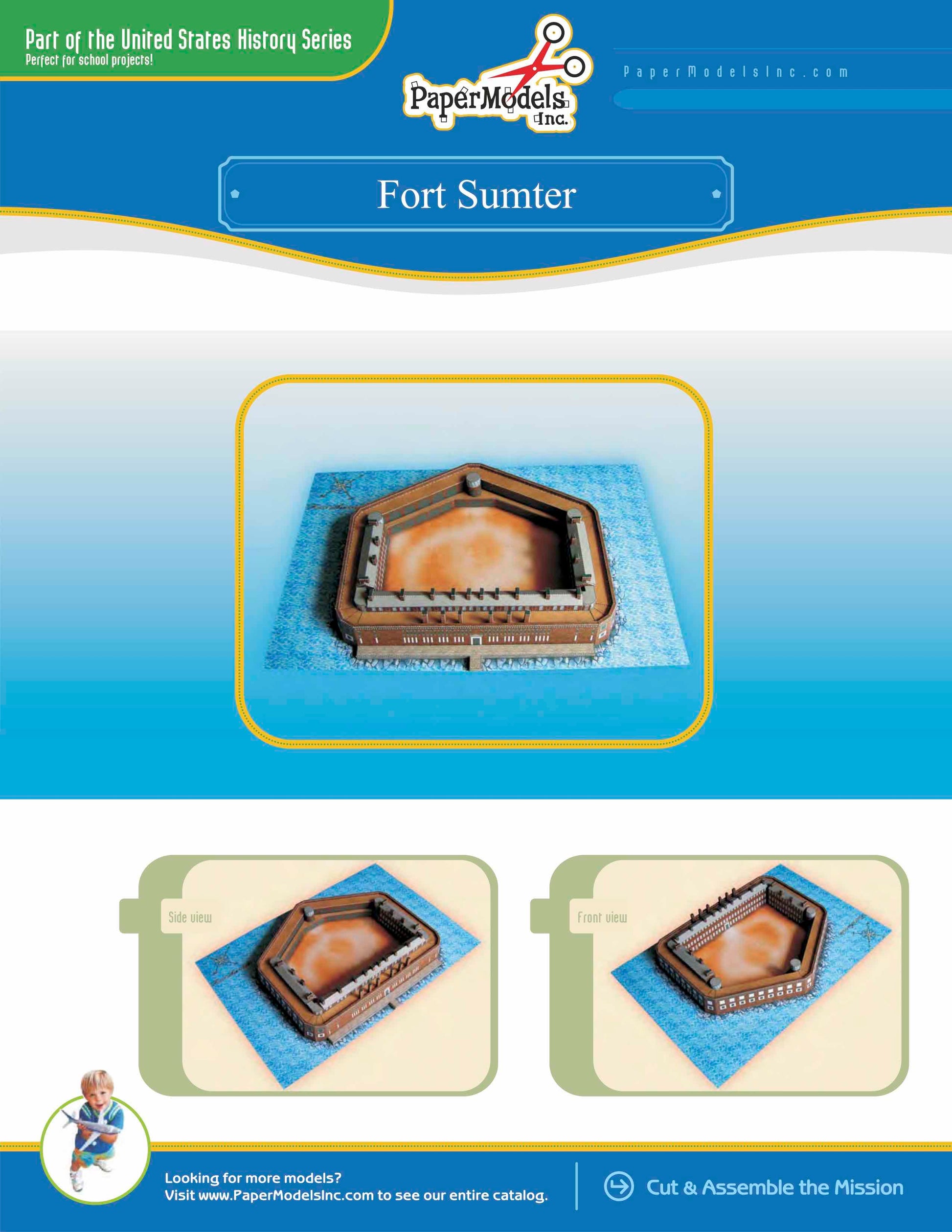Fort Sumter - Charleston, South Carolina - Paper Model Project Kit
Fort Sumter - Charleston, South Carolina - Paper Model Project Kit
Couldn't load pickup availability
🌟 Welcome to Paper Models Online – Your Shortcut to Academic Excellence! 🌟
Are you tired of stressing over last-minute school projects? Look no further! Paper Models Online is here to make your academic life a breeze.
🚀 Why Choose Us?
At Paper Models Online, we understand the pressure of looming deadlines and the desire for that coveted "A" grade. That's why we've crafted the perfect solution for you! Whether you're a student aiming for extra credit, a parent looking for quality time with your kids, or just someone in need of a break from the chaos, our paper models are your ticket to success!
💻 Instant PDF Download OR Pre-Printed & Shipped
You're in control! Choose from our instant PDF download, starting at just $9.95 for the 7"x10" size or $11.95 for the 10"x13" size.
Print it on your home or office printer using regular paper, or opt for the hassle-free pre-printed option. We'll ship it directly to your doorstep for a flat $5 fee via USPS First-Class Parcel, ensuring you get it in 1-3 days!
✂️ Easy Assembly, Maximum Impact
With just a pair of scissors, some glue, and an hour of your time, you can turn these paper sheets into stunning three-dimensional architectural replicas or complete science projects. The images on our website are real models made from our kits, and we even provide a history to help you craft an impressive report.
🎨 Unleash Your Creativity
Not into mission kits? No worries! Our models double as templates for your creative genius. Paint, trace, adjust sizes—your imagination is the only limit! Create a custom masterpiece that reflects your unique style and personality.
🛒 The Buying Process Made Simple
- Choose Your Size: 7"x10" or 10"x13"
- Choose Your Delivery: Instant PDF download or pre-printed and shipped
- Purchase Your Model: It's that easy!

📦 Typical Kit Sample
Each kit includes 8 to 18 pages, providing everything you need to bring the model to life. An "exploded view" guides you through assembly, and a complimentary history adds that extra touch for your report. Impress your teacher not just with creativity but also with your research skills!
Don't let deadlines stress you out. Choose Paper Models Online for your next school project, and let us be Your Best Way To Get An "A"!
 |
 |
 |
| Exploded View | Sample Pieces | Finished Model |
Free History For Your Report
FORT SUMTER
Fort Sumter, located near Charleston, South Carolina, is a coastal military defense fort built with masonry architecture. Built after the War of 1812, Fort Sumter was one of many forts built out of the Army’s new Third System defense network – a series of seaside forts designed for fighting against approaching military ships (of all the Third System forts, all were on the East Coast, with the exception of Fort Point at the entrance to San Francisco Bay in California). Fort Sumter is perhaps most famous for the Battle of Fort Sumter, which included the first firing of weapons in the American Civil War.
Construction of the fort, beginning in 1829, included not only building the actual fort structure, but also building a massive sandbar near Charleston Harbor to protect the fort. This was done by importing several thousand pounds of granite from New England in the north and building the sandbar in the bay. The fort itself was built entirely of brick with walls five-feet wide (to protect against cannons from warships), and was built only 50 feet higher than the high tide water mark. All Third Defense forts were constructed as close to the water line as possible – a technique which would allow cannonballs fired from the forts to skip across the water towards their targets. The original design of Fort Sumter was to house 650 soldiers, and to house an impressive arsenal. However, the events of 1860 and 1861 saw the illegal occupation of Fort Sumter at the start of the American Civil War, while the fort was still incomplete.
The illegal and unauthorized occupation of Fort Sumter began on December 26th, 1860, by U.S. Army Major Robert Anderson. Anderson’s two companies were stationed at Fort Moultrie on Sullivan’s Island in South Carolina. On December 21st, South Carolina had announced its succession from the Union, and Anderson knew that his men were in danger at the relatively-defenseless Fort Moultrie, so they fled to the half-built Fort Sumter near Charleston, which still provided a better defense than Fort Moultrie. Even though the occupation of Fort Sumter by his men was illegal and unauthorized, the Union recognized their need for safety and attempted to re-supply Fort Sumter with food and ammunition, while the Confederate government repeatedly demanded that the Union-occupied fort be surrendered. The Union hired a steamer ship, the Star of the West, to approach the harbor to re-supply Fort Sumter. The ship was pushed back when shots were fired upon it by the Confederacy on January 9, 1861, marking the first shots of the American Civil War.
Under order from President Lincoln, a fleet of steamer war ships were commanded to accompany hundreds of soldiers and sailors into the water around Charleston Harbor to approach Fort Sumter and assist Anderson and his men, trapped inside. The fleet included USS Pawnee, USS Powhatan, USS Pocahontas, the Baltic, USS Harriet Lane, and a few smaller vessels. Harriet Lane was the first ship to approach Fort Sumter, arriving on April 11, 1861. In response to their arrival, Confederate troops surrounded Sumter and began a massive 33-hour firefight on the fort. Anderson and his men fought back, but were unsuccessful and eventually surrendered. The Battle of Fort Sumter resulted in the Union flag being removed for the first time in history, prompting Lt. Normal J. Hall to run exposed into battle to raise the flag again. The flag raising was unsuccessful, and Anderson returned to the Union in possession of the flag (which is today housed in the museum at Fort Sumter).
Efforts by the Union to regain control of Fort Sumter occurred twice more during The Civil War. The first attempt was orchestrated by Rear Admiral Samuel Francis Du Pont, using ironclad ships New Ironsides, Keokuk, Weehawken, Montauk, Patapsco, Nantucket, Catskill, and Nahant on April 7, 1863. The relatively new ironclad ships were weak in their defenses, and the attack never generated into the massive-scaled campaign that Du Pont envisioned. In addition, the Keokuk sunk, allowing the Confederacy to harvest guns and other supplies from the ship, which were then used to strengthen Fort Sumter in the Confederate's fight against the Union. A second attempt between September 8-9, 1863 was led by General Quincy A. Gilmore and Rear Admiral John A. Dahlgren, and while it was unsuccessful, it did inflict major damage to the fort. Fort Sumter was finally surrendered to the Union not by a sea attack, but by a land march led by General William T. Sherman on February 17, 1865.
Fort Sumter was now again under Union control, but was heavily damaged. The United States Military took to the task of remodeling the fort, lowering some walls and repositioning the guns. While the fort was now ready to be used as a fully-occupied garrison, it was only used merely as a lighthouse between the years of 1876-1897. Further deterioration took place on the fort, but this was repaired just before the Spanish-American War, in case the facility was needed. A small company was stationed at Fort Sumter during World War I, while World War II saw the addition of anti-aircraft guns to the top of the fort. Following the end of the war, Fort Sumter received distinction as a National Monument in 1948.
Today, the Fort Sumter Museum documents the first shots of the American Civil War and The Battle of Fort Sumter. It is reached via a boat ride from Charleston, and remains a Historic Landmark.
© Copyright – Paper Models, Inc. – All Rights Reserved
Share
